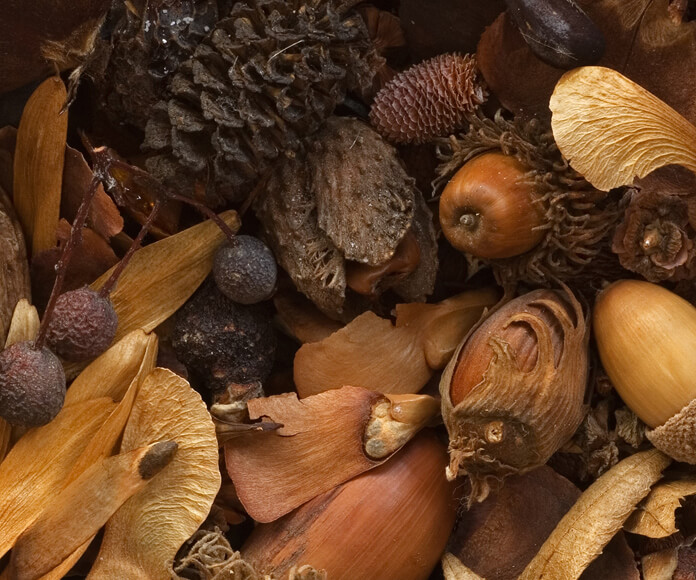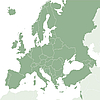
In Europe, more than 30 million ha of forests are protected to conserve landscapes and biodiversity – which generally does not include forest genetic resources (FGR). A further 110 million ha are designated for the protection of ecosystem services. Very little, however, is protected specifically to conserve forest genetic resources.
Conservation of FGR takes place in many contexts. Genebanks of seeds in storage is one possibility, but unlike many crops, tree seeds do not survive long. As a result, in order to conserve forest genetic resources, it is best to conserve trees in the field.
Specific populations may be recognised as good sources of seed for planting and replanting. More important overall are areas of forests specifically designated as conservation units. Furthermore, because tree species are very dependant on other species in the forest ecosystem, we need to conserve FGR in ways that allow the populations to adapt in response to dynamic processes, subject to natural selection.
As a result, genetic conservation strategies for forest trees emphasize in situ conservation of trees and the ecosystem they are part of. The goal is to conserve the adaptive potential of the target population as a whole, not just individual trees.
Because genetic conservation strategies are tailored to the tree species and the ecosystem they are part of, each country’s conservation units will contain specific genetic qualities that may not be present in other countries.
Genetic conservation units
Europe, according to the European Information System on FGR (EUFGIS), has more than 3200 of these genetic conservation units, which between them harbour 4000 different populations of about 100 different species. Even this extensive network, however, suffers from gaps in coverage. For example, more than 80% of the conservation units represent just five economically important species. Other species, which may be very important for the proper functioning of a forest ecosystem, are not at all well conserved. Even among well-conserved species, detailed information on genetic diversity in the conservation unit is often lacking.
EUFORGEN has published a Pan-European strategy for genetic conservation of forest trees to help European countries develop a conservation strategy for FGR and ensure that all of their data are available through EUFGIS.

